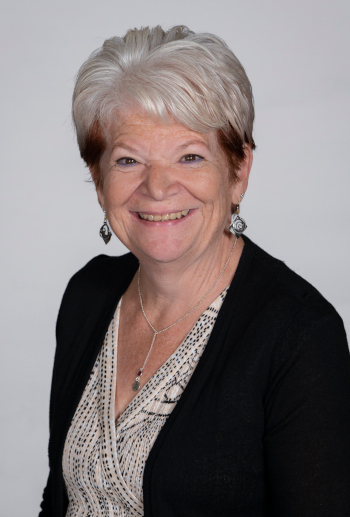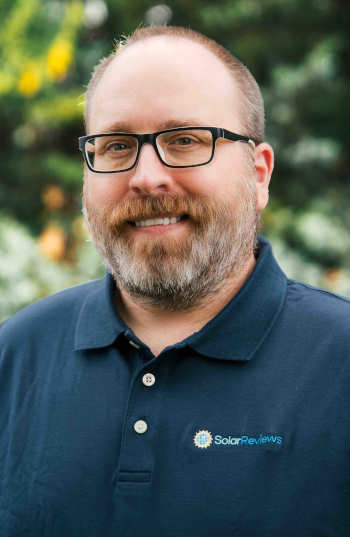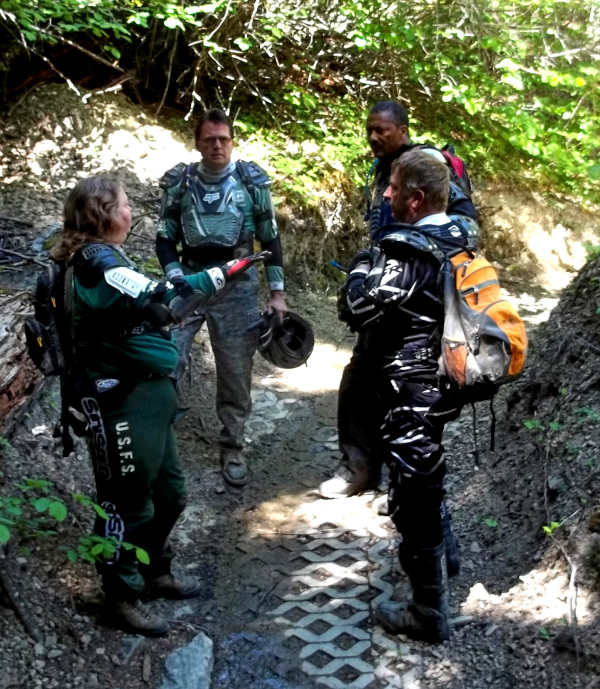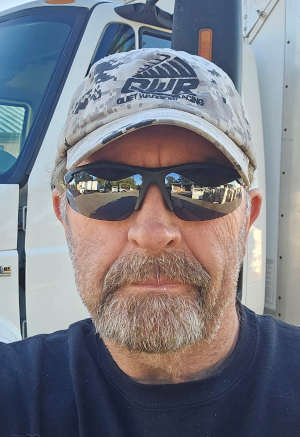- Becky Salato
Finding our footing and flourishing

Dr. Becky Salato. Courtesy photo.
LOWER LAKE, Calif. — As we approach the end of another school year, I find myself reflecting on a phrase I heard recently at a leadership conference that resonated deeply with me: "Better than good."
When someone asks how we're doing, what if instead of the standard "fine” or “good," we could shift our honest answer to "better than good"? This is what we’re going for at Konocti Unified, the mindset (and the results) that make us feel better than good.
Elementary schools: Building strong foundations
This year, our elementary schools maintained their focus on academic development, particularly through the Science of Reading research and training. We're seeing encouraging growth in initial literacy skills, reducing the need for constant intervention to help students catch up.
The collaboration among our four elementary school principals has been outstanding, ensuring alignment across sites and providing consistency for students (which is especially helpful for those who may move between schools).
This coordination ensures all children receive the support they need in a welcoming environment.
Our middle school: Finding our footing
Our middle school is completing its second year, and while we have many goals left to accomplish, we’re right where we expected to be. Year one was kind of a perfect storm. Our district hadn’t had a middle school for years, so seventh and eighth grade students brought strong allegiances from four different elementary schools.
Picture, if you will, hundreds of young adolescents trying to establish a pecking order. At the same time, our teachers and administrators were establishing a lot of firsts, defining what middle school education means for our community — kind of like building a plane while you’re flying it.
Year two brought significant refinements. We began this year with stronger disciplinary structures, but quickly evolved toward restorative practices.
We recognized that our initial block scheduling provided too much time on single topics and adjusted to better manage instructional time for both students and teachers. And our leadership team of three administrators, including two assistant principals recently transitioned from the classroom, has grown together beautifully.
Our veteran principal has provided excellent mentorship and our assistant principals have brought the perspective that comes from having recently been in the classroom.
Looking ahead to year three, we’ll continue to use what we’ve learned thus far to implement more preventive rather than reactive processes. We plan to create an even more inclusive campus to meet the needs of all students, particularly those with special learning requirements.
We're also excited about opening our gymnasium! Next year (and every year), Obsidian Middle School will remain a school full of middle schoolers — dynamic, evolving and full of opportunity.
Our high school: Progress amid construction
Our high school community has shown remarkable resilience while enduring an entire year of disruptive construction at the heart of campus.
Despite these challenges, I'm proud to report that our graduation rates appear to have increased. I believe this success stems, at least in part, from our unwavering focus on student engagement and support, including expanded afterschool programs and growing Career Technical Education, or CTE, pathways.
Our emergency medical technician pathway has expanded, and our agricultural program continues to grow — with sheep and goats thriving on our expanded farm.
Next year, we’ll remodel our culinary facility to enhance our CTE offerings. We are also adding a Certified Nursing Assistant pathway to provide even more opportunities for our students.
When school starts in the fall, the construction of our new administrative building will be complete, featuring well-designed offices and eight classrooms. This will be a nice way to welcome our incoming freshmen.
Alternative education: Continuing to thrive
Our Alternative Education programs continue to adapt to meet the needs of our students. Lewis School, our independent study school, met all accreditation requirements this year.
Carle High School, our continuation high school, has added some traditional student activities, including prom and a student leadership club.
Blue Zones Project: Nurturing well-being district-wide
The Blue Zones initiative has taken root across our district, with champions at every school site leading the charge.
As a reminder, we are working toward becoming a Blue Zones Certified Workplace–a healthy place where people can thrive while they work.
We are enhancing staff breakrooms, partnering with local restaurants to provide healthy lunch options, and we recently held our first major staff recognition event offsite — complete with food, games, and celebrations of our Blue Zones champions, teachers of the year, classified staff members of the year, and retirees.
Thanks to new grant funding, we'll expand our focus from workplace wellness to student wellness in the coming years. We're collaborating with Blue Zones Project Lake County to teach students about the Power 9 principles, empowering them to make healthier choices for longer, more fulfilling lives. We know that by positively influencing our students, our entire community will benefit now and in the future.
Looking ahead: Getting better at getting better
As we prepare for next year, we'll navigate some changes at the district office, including the retirement of our beloved assistant superintendent of education services, Mr. Tim Gill. Happily, we have a capable and enthusiastic administrator stepping into this role: Dr. Shellie Perry.
So the next time someone asks me how our district is doing, my answer won't simply be "good" — we're truly "better than good." And we’re always getting better.
Becky Salato is superintendent of the Konocti Unified School District.





 How to resolve AdBlock issue?
How to resolve AdBlock issue? 



